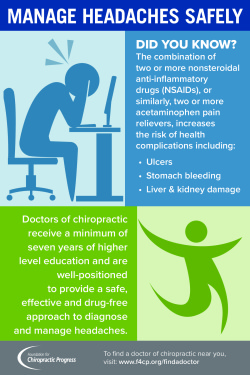Maintaining proper position isn't practically staying up directly; it has to do with aligning your body in a manner that sustains your spine and minimizes the danger of neck and back pain. The method you rest, stand, and relocate throughout the day can substantially impact your back wellness. But how precisely can you ensure good positioning continually, even during hectic days full of numerous tasks? Allow's dig austin tx functional medicine doctors into the subtle yet impactful modifications you can make to your everyday routine to maintain your back pleased and healthy.
Significance of Proper Posture
Correct stance is crucial in maintaining a healthy and balanced back and preventing pain. When you sit or stand with excellent stance, your back is in placement, decreasing pressure on your muscles, tendons, and joints. This placement enables the body to distribute weight equally, stopping excessive stress on certain areas that can cause discomfort and discomfort. By maintaining your back appropriately aligned, you can also enhance your breathing and food digestion, as slouching can press organs and limit their performance.
In addition, keeping excellent position can boost your total look and self-confidence. When you stand tall with your shoulders back and head held high, you exude confidence and show up even more approachable. Good posture can likewise make you feel a lot more energized and alert, as it advertises proper blood circulation and allows your muscular tissues to function successfully.
Incorporating appropriate position right into your day-to-day routine, whether resting at a desk, walking, or exercising, is important for preventing neck and back pain and promoting total health. Keep in mind, a little modification in how you hold on your own can make a considerable distinction in how you really feel and work throughout the day.
Common Postural Mistakes
When it comes to keeping great position, lots of people unwittingly make typical errors that can add to neck and back pain and pain. One of one of the most common errors is slumping over or stooping over while resting or standing. This setting places excessive stress on the spine and can cause muscle mass inequalities and pain in the future.
An additional typical blunder is overarching the lower back, which can squash the all-natural curve of the back and trigger discomfort. Furthermore, crossing legs while sitting may feel comfortable, however it can produce a discrepancy in the hips and hips, leading to postural issues.
Using a cushion that's as well soft or also solid while resting can additionally impact your alignment and contribute to neck and back pain. Last but not least, regularly craning your neck to take a look at screens or adjusting your setting often can strain the neck and shoulders. Being mindful of these typical postural blunders can help you maintain far better positioning and lower the threat of back pain.
Tips for Correcting Placement
To improve your positioning and minimize pain in the back, it's important to focus on making small modifications throughout your everyday regimen. Beginning by being mindful of your pose. When sitting, ensure your feet are level on the flooring, your back is straight, and your shoulders are kicked back. Stay clear of slouching or leaning to one side. Usage ergonomic chairs or pillows to sustain your lower back.
When standing, distribute your weight equally on both feet, maintain your knees slightly curved, and embed your hips. Engage your core muscle mass to support your spine. Take breaks to stretch and walk if you have an inactive task. Include workouts that strengthen your core and back muscle mass, such as planks or bridges.
While sleeping, make use of a pillow that supports the all-natural curve of your neck to keep appropriate spine placement. Stay clear of sleeping on your belly, as it can stress your neck and back. By being mindful of these tips and making small adjustments, you can gradually correct your alignment and ease back pain.
Conclusion
Keep in mind, keeping excellent stance is essential to preventing neck and back pain and promoting spinal health. By bearing in mind your alignment, distributing weight equally, and involving your core muscular tissues, you can decrease stress on your back and minimize the risk of pain and injury. Integrate ergonomic support, take routine breaks to extend, and reinforce your core and back muscle mass to keep appropriate placement throughout the day. Your back will certainly thanks for it!
